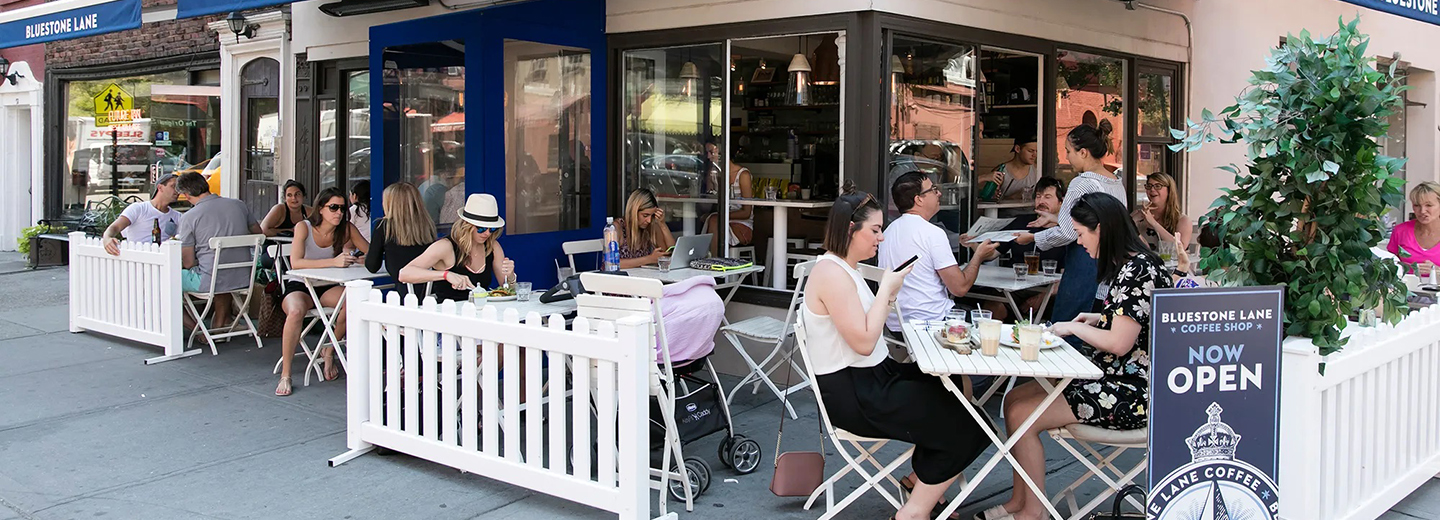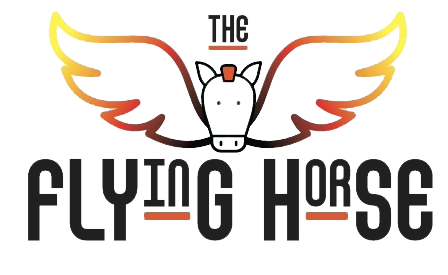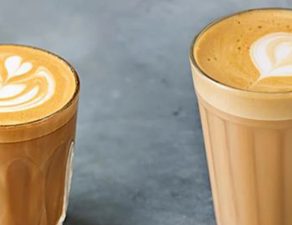
Australian Cafe Culture
Australian Cafe Culture is a unique and multi-faceted tradition. It is a reflection of Australia’s post-war economic miracle, which led to strong immigration from Europe. From the 1950s through the 1980s, Australian cafes became a vital part of the local culture. Since then, the nation has become a diverse multicultural society and has undergone waves of immigration from different countries and cultures.
Greek-Australian cafes
For many Greek Australians, a Greek Cafe represents a place of community. They were a gathering place in every town and suburb.
Greek-Australian cafes were a part of a cultural and social revolution in Australia. Greek immigrants began opening cafes in the early part of the 20th century. These cafes were cultural hubs, mixing American and Greek influences. You could sit in a booth, drink a soda, or sit and listen to some music.
Italian-Australian cafes
Italian-Australian cafes started sprouting in Melbourne during the early 20th century, when the city’s large Italian community began to seek out venues where they could engage in non-traditional socialising. Many of them preferred coffee over beer, and as a result the cafe sector quickly expanded. The rise of these cafes was due to the growing demand for espresso.
Italian-Australian cafes tend to offer a wide variety of Italian dishes. The quality of the food depends on the ingredients used, and better-quality ingredients mean a better meal. Moreover, Italian-Australian cafes are usually clean and professional, and you can be assured of a pleasant atmosphere. Some great Italian cafes in Melbourne’s CBD include Emilia and Tipo 00.
Gen Z’s influence on Australia’s coffee culture
Australian Cafe Culture has long been dominated by millennials, but Gen Z are influencing the industry in new ways. A recent study found that three in ten Gen Z consumers believe that there is no such thing as too much coffee. The remaining 16% are undecided.
Millennials are the largest generation ever, but Gen Z is arguably the most diverse. Also known as the i-Gen, Gen Zers are cautious with their money, but are set to spend more as they get older. These consumers are tech and social media savvy, but they are also a strong generation with strong beliefs. They also value authenticity and transparency.

Prices of coffee in Australia
Prices of coffee in Australia are set to rise in the next two years. Factors linked to the global coffee supply chain will see prices rise by more than $1 in the short term. For example, environmental concerns have affected the production of beans in Brazil, the country’s biggest exporter. However, these price increases do not help the farmers’ bottom line.
Prices of coffee in Australia are also affected by inflation, which is on the rise across the country. In some places, the price of a flat white can increase by more than 50%. However, coffee is a popular social activity in Australia and is likely to stay in vogue for a long time.
New approaches to serving coffee in Australia
Australia is one of the leading destinations for specialty coffee in the world, with its reputation for innovation and award-winning roasters and baristas. It also has a vibrant coffee shop culture that is growing in importance. The country has become the birthplace of world champions on international competition stages, including the World Cup. As a result, the “Australian style” of coffee has exploded into popularity around the world. Besides a thriving coffee shop culture, Australians are also known for their love of brunch, coffee shops and specialty food.
Although Australia’s coffee culture has evolved over the last few decades, it is still relatively new. As such, coffee shops in Australia continue to evolve and take on new approaches. While Australian coffee culture has not yet fully developed, many of its elements were brought to the country by Italians and Greeks who came to Australia after World War II. These immigrants brought with them a passion for coffee and the social rituals associated with drinking the drink.
Millennials’ influence on Australia’s coffee culture
The term ‘Millennials’ has become a buzzword in the last few years, a generalisation of young people who tend to be the main target market for any business, but in the coffee industry, they’re especially important. Understanding them is crucial if you want to stay relevant.
The Australian Bureau of Statistics conducted research on Australian coffee consumption and found that more than one-four-out of every ten Australians drink coffee. However, a third prefer tea instead. Australians have a long tradition of drinking tea, which many of us imported from our British ancestors. Until the 1960s, the average Australian drank one cup of tea a day. Now, that number has dropped to one cup a week.
A fresh appearance with Australia’s coffee culture
When quarantines and restrictions occurred, many cafés were forced to dramatically alter the layout, entry and departure locations of their establishments.
Many cafes have moved their barista stations and customer service points to the front of the store to reduce confusion about where to order and where to wait without crowding. This allowed customers to order and wait for their coffee and snacks outside, offering a true ‘walking drive-through’ experience.
Many of those changes remained in place after demonstrating to cafe owners and customers alike that it was indeed quite lovable for a variety of reasons:
- Less inside space is occupied by clients waiting for take-out orders.
- Lower noise levels for customers dining in and employees working in the venue
- Fewer WH&S issues, as diners and personnel are less prone to collide with furniture or other people.
- More room for equipment that allows for faster, higher-quality coffee and food production.
- Labor time spent on in-house cleaning, re-stocking, and unnecessary interactions is reduced and redistributed to direct customer support, online marketing and engagement, and product operations.
- Faster coffee and food service for customers
- Online ordering and delivery services are becoming increasingly prevalent and well-served.
But, arguably, the most significant cost-cutting measure for cafes and small company owners in general? Without the need for as much room, it is now possible to save money by leasing or purchasing a considerably smaller commercial building.
I hope you enjoyed our Australian Cafe Culture article. You can send us a private message anytime on Instagram (@theflyinghourse) or contact us here





